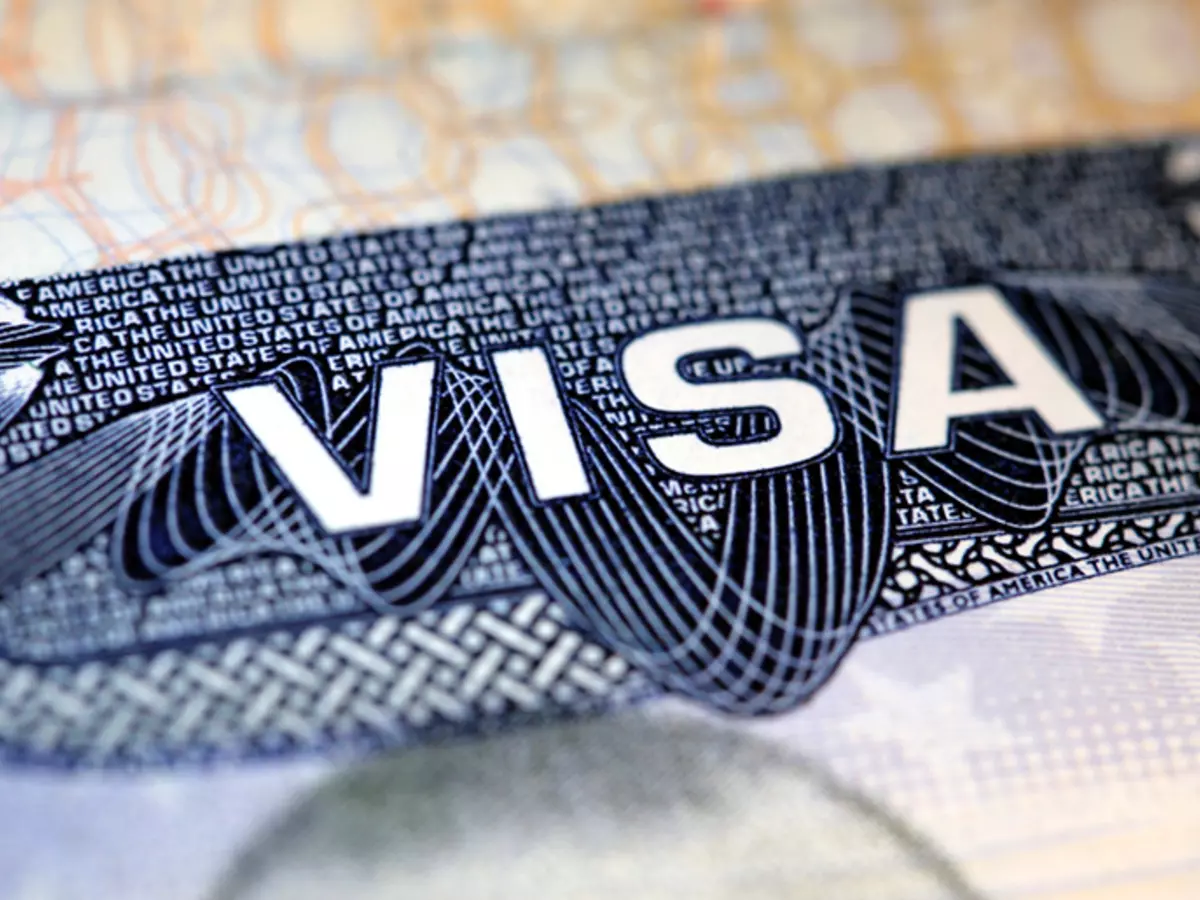Here Is Everything You Need To Know About The H1-B Visa And How The New Regulation Could Devastate The Indian IT Sector
The US House of Representatives on Monday tabled a bill which aims to regulate the H1-B visa. The new proposal asks for the minimum salary of those on H-1B visas to be doubled to $130000 a year and makes it difficult for tech giants to hire foreign workers. The move is to make US tech companies hire more American professionals which would adversely affect Indians.

The $150-billion Indian outsourcing industry has been a favourite punching bag of American politicians, of all hues, for over a decade. While it is common practice for politicians, from senators to Presidential hopefuls ¡ª to take pot shots at outsourcing, Trump is the first to have campaigned virulently against outsourcing and then be elected to the highest office in the country.

AP
Indian firms such as Infosys and TCS along with several American firms too have been subject to lawsuits and state scrutiny over alleged visa misuse and discriminatory practices in the past few years.
It is all set to change with the introduction of new regulation on the H1-B Visa, used to bring foreign workers to the country to fill high-skilled jobs.

BCCL
The US House of Representatives on Monday tabled a bill which aims to regulate the H1-B visa which is most popular among Indian techies.
The new proposal asks for the minimum salary of those on H-1B visas to be doubled to $130,000 a year and makes it difficult for tech giants to hire foreign workers.
The move is to make US tech companies hire more American professionals, which would adversely affect Indians.
H1-B visas are issued to qualified professionals. A related visa is the L1, which is given to employees of a company who are transferred to the US.
Both of them are used extensively by Indian companies. In 2015, President Barack Obama's administration permitted spouses of H1-B visa holders to get permission to work.
Nearly 86 percent of H1-B visas for computer-related jobs and 46.5 per cent for engineering positions were given to Indians.

BCCL
The US issues 85,000 H1-B visas every year, of which 20,000 are for master's degree holders from US universities.
Because of a large number of applicants - 236,000 in 2016 - the H1-B visas were issued through a lottery system.
Technology companies, primarily in the US and India, have long used the visas to bring skilled foreign talent to America, in effect providing a route for Indian students and professionals to emigrate to the US.
In nearly two-decade the H1-B has effectively facilitated the immigration of more than 500,000 Indians to the US since 1990.
Over 60% of Indian IT revenues comes from the US. Five top Indian IT companies lost Rs 33,000 crore in market cap in a single day on Tuesday following uncertainty about the new environment in the US.

BCCL
How will the new proposals affect India?
The US has already sharply hiked H-1B and L-1 visa costs in January 2016 ¡ª from $2,000, to $ 6,000 for H-1B and $ 4,500 for L-1 visas ¡ª for firms that employed 50 or more workers in the US, with more than 50 per cent of them employed on H-1B or L-1 visas.
The 'Protect and Grow American Jobs Act' proposes important changes to the eligibility requirements for H-1B visa exemptions:
1. The bill seeks to remove the Master's degree exemption for H-1B applicants, which allows them to skip additional paperwork if they have an equivalent of a Master's or higher degree. A majority of Indian IT professionals who go to the US generally have a Master's degree, which gives them an edge over applicants of other countries.
2. The bill attempts to bar companies that have over 50 employees and 50% of them on H-1B or L1 visas (temporary transfer of foreign workers to the US), from hiring more.
3. The hike in minimum salary of an H-1B visa worker would make hiring Indian IT professionals less attractive and may push companies to go for US workers.

BCCL
Why US needs IT talent from India?
The Indian IT industry believes the US does not have enough IT talent and needs to bring in workers from India on the work permit. Moreover, it's not a one-way traffic. Indian IT companies also create jobs in the US and contribute to the US economy.
1. Indian IT contributes about 4 lakh direct and indirect jobs in the US, accounting for about $5 billion in yearly taxes.
2. Indians with H-1B & L-1 visas contribute $1 billion annually to the US.
